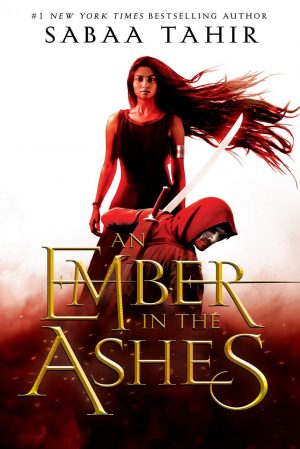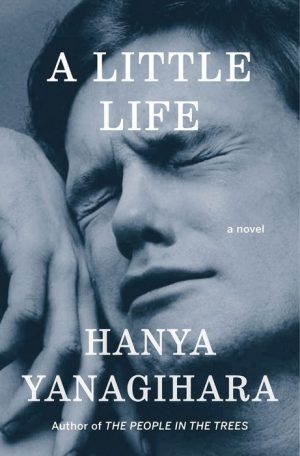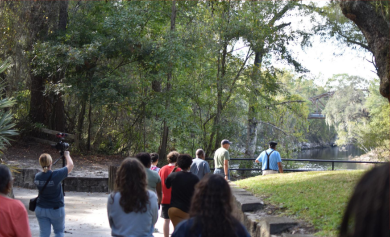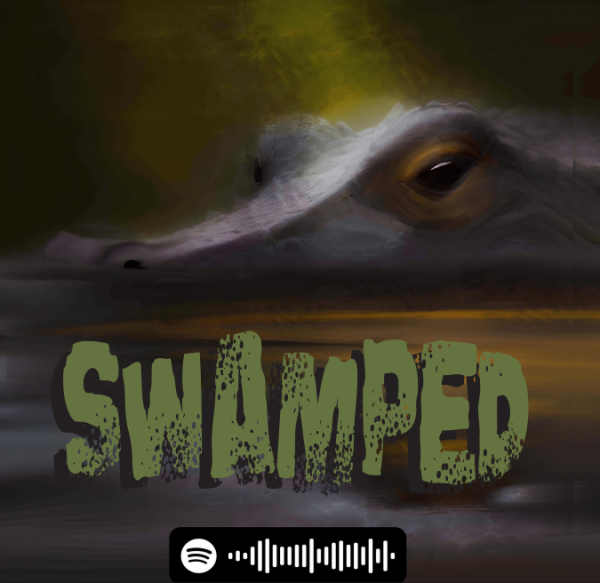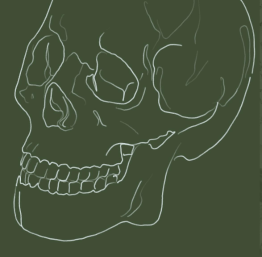MegaHalloween, DeLand, USA: Trying on Identities
November 18, 2017
Halloween was as big as ever on Minnesota Avenue, with about 2,000 creepy and cute outfits adorning people from far and wide and from many social backgrounds. This year, students from my Modern US History class joined me on my front lawn to talk with our animated visitors about how they think up their ideas.
Halloween is a vast canvas for people to experiment with twists on what psychologist William James calls our “social self.” A big part of our identity is defined by how we present to others. To a certain extent, you are who you think others think you are.
One student, Jasmine Tinsley put it well: “Halloween is a celebration of being someone else. It is the one day of the year when you are able to be anything you want to be….” On this night, those free choices also have an incentive, and so, she continued, when you wear your imagination, “you also get free candy,” and I varied those treats up with bouncy balls, pencils, finger puppets, and temporary tattoos.
Halloween provides a way to try on identities. Where do the kids of all ages get their ideas for Themselves 2.0?
For many kids, the easy and the cheap shapes the choice of outfits. There are a lot of IDKs (I don’t knows), and ones who, when asked about their character, just say “myself” or “I don’t want to tell you.” And of course, a lot stop by with focus on the serious business of the evening: grab the treat and onto the next house!
But this simple path has a lot of clever variations, including “404 Error: Costume Not Found,” and “Nudist on Strike.” These comments just scratch the surface of these human imagination factories.
You gotta love the children’s logic that student Evan Cavallaro recorded from one kid who simply said, “I’m Luigi because this is a Luigi costume.” A lot of us, including Geneva Alpert, Arye Beck, and Chazz Storczer, noticed a boy who seemed part dog and part shark. Of course, “I’m a Shark-Dog,” he declared seriously, “because a Dog-Shark wouldn’t make sense.” There may be more wisdom there than he knew. Don’t we all take our stands with our own “Shark-Dog” views of the world, while the views that everyone else holds just “wouldn’t make sense.”
Stephen Bracciano noticed that the play of outfits “allows children to embody their most valued traits.” Sometimes, that means shooting high, as Kasey Fava saw in “the girl dressing up like Einstein who said that she wanted to become a scientist when she grew up, and the princesses who wanted to grow up and act like one.”
And sometimes that means breaking out of what you’re “supposed to be”, such as the Zombie Bride who told Riley Reynolds that she enjoyed being “something scary” for just one night. While she will continue with her daytime identity as the “pretty girl and a cheerleader,” this experience might help her “make her own decisions.”
Influences on these experimental selves also come from others. Holli Jones talked with one of many children who followed their parents’ creative leads. This child was a bunch of grapes that his mother had “made it from scratch.”
Cecilia Fernandez noticed children dressed as family members doing things they wanted to do when they when they grow up, including a few firefighters and police officers. Morgan Furber talked with one of these First Responders, a boy dressed as a S.W.A.T. Officer. Tough guy? Forgeddaboutit! He chose his outfit “because no other costume would fit him.”
Despite the many references to family connections and cultural surrounding, there are many more outfits inspired by popular culture. With only about two decades under his belt, Benjamin Gainsboro was already waxing nostalgic: “Back when I trick-or-treated, it was close to even in the distribution between outfits from folk and popular culture…. Pop culture has taken over today’s world,” even as many outfits added distinctive touches to popular characters.
Xylis Johnson noticed that a family of Wizard of Oz characters were not cookie-cutter imitations of the Hollywood legends: “The unique factor in this cast was that the boy dressed as the Tin Man designed all the costumes.” No word on whether Dewey Bunnell had it right in 1974 when singing that “Oz never did give nothing to the Tin Man that he didn’t, didn’t already have.”
Mario Presutti observed older children and adults holding on to folk outfits “such as the devil and clowns while younger children stuck to who they identified with in movies they had watched.” Those elders also took more liberties with costumes, such as the character “Stevie Wonder Woman.”
Through word play, MegaHalloween registered a first: for years, girls have dressed in masculine outfits; but here a boy played a gender hybrid. On witnessing male and female Zombies, Zach Foss thought these gender shifts were great, after all, “if a zombie outbreak ever happened, they would not be picky in who they infected.” Zombies for gender equality!
Scary outfits could also support a very different politics. Sarah Rathke may have inadvertently revealed a new slogan for the Tea Party in the Tax Murderer who will “steal your soul.”
Through her research, Jenny Chavez discovered that “Trick-or-Treating has been steadily sloping downward,” dropping from 56 million in 2011 to 43 million four years later, according to the National Retail Federation. Maybe the fears generated by scary mainstream news are leaching into this night of pretend scariness.
Baseball player Daniel Martin was more hopeful, observing that the array of kids he saw “definitely brought their best costumes up to bat and hit homeruns.” As a newcomer to town, he added that “I’d like to thank the people of Deland for welcoming me to this vibrant tradition of celebrating Halloween.”
And now, the Top Ten of MegaHalloween 2017:
- 25 Ninja, including 11 Ninja Turtles (1 Donatello and 1 Raphael), 1 Soldier, 1 Constipated Ninja, and 1 who “did not know why”
- 24 Zombies, including 1 Zombie Bride, 2 Zombie Cheerleaders, 1 Dead Zombie, 2 Zombie Football Players, 1 Dead Zombie, 1 Zombie Prom Queen, 2 Zombie Skeletons, 1 Zombie Vampire, 1 who hadn’t “eaten anyone yet”
- 22 Cats, including 1 Cat Boy, 2 Cheshire Cats, 1 Cat Mom, 1 Cat Witch, 3 Cat Women, 1 Hello Kitty, and 1 from a Family of Cats, but “I don’t know which one”
- 17 Vampires, including 1 Vampire Cheerleader, 1 Vampire Princess, 1 Vampire Dancer, 1 Vampire Zombie-Bee, and 1 “who wanted to be Santa”
- 17 Witches, including 1 Good Witch, 1 who “cursed the beast,” and 1 who had “not cursed anyone yet”
- 16 Batmen, including 3 Batwomen, 2 Batgirls, 2 in a Bat Family, and 1 “looking for tootsie rolls all night”
- 15 Spidermen, including 1 Spiderwoman
- 15 Captain Americas
- 11 Skeletons, including 1 Skeleton Bride and 1 with Tutu
- 11 Supermen, including 7 Supergirls (a first time with majority female “Supermen”)
And some Honorable Mentions:
- 1 Good Delinquent, but he was keen to say “I get straight As”
- 1 Hulk, a She-Hulk, and she was incredible
- 1 Waldo, who said, “ah, you found me”
- 1 Donald Trump, and his head was “Hu-uge”
-Paul Croce, [email protected], is Professor of History and Director of American Studies at Stetson University, writer for PubClassroom.com and the Huffington Post, and author of Young William James Thinking, https://jhupbooks.press.jhu.edu/content/young-william-james-thinking. Thanks to all the members of HIST152 who joined in the fun with a purpose on Halloween, and to Mary Bernard who helped organize the information.


